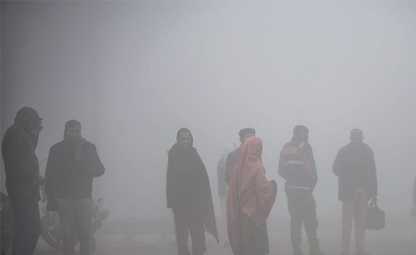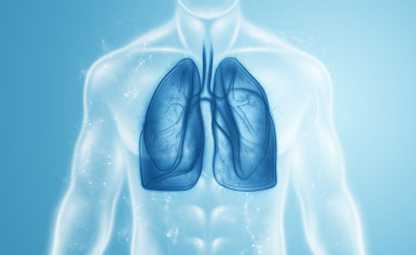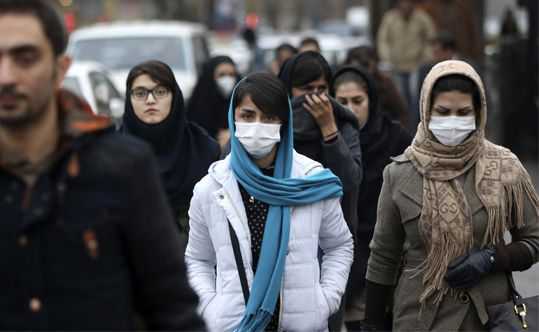World Health Organisation says that 43% of all lung diseases and lung cancer deaths are attributable to air pollution. And the smoggy mornings in winters are automatically linked to deteriorated air quality, respiratory problems and visibility issues more prevalent in the urban areas.
Yes! It is not a myth. The pollution levels in winters certainly increase in the air and even the vapours of pollution become visible to the naked eyes. Also the sources of air pollution increase during winters. The curse of pollution is harsher in the northern region of India. Emissions from the industries occur constantly during all seasons but the fire places, wood stoves and idling vehicles are additional. For past few years, the burning of parali or stubbles in states of Haryana and Punjab during this season is creating severe additional problem of pollution for the neighbouring states including Delhi as well. Since winter is also a season of festivities, bursting of crackers on Diwali and New Year also contribute to air pollution.
The Science Behind It
The persistent fog in winters and the stagnation of cold air over the cities keeps the air pollutants near to the ground itself. Temperature inversion in winters makes the cold air trapped near the ground by a layer a of warm air which does not let the smoke escape and carbon monoxide levels reach the danger zone. This can be made better by winds, rain and snow storms since these clear out and dispenses the trapped pollutants. For the same reason, these are called ‘scrubbers’.
To regulate the intensity of pollution, each country has fixed the way to measure the air pollution. Commonly, air quality measurements are reported in terms of micrograms per cubic meter parts per million or parts per billion. The Air Quality Index level is based on the level of six atmospheric pollutants, mainly sulphur dioxide, nitrogen dioxide, suspended particulates smaller than 10 micrometer in aerodynamic diameter (PM10), suspended particulates smaller than 2.5 micrometer in aerodynamic diameter, carbon dioxide and ozone. Since PM2.5 is small and light, they tend to remain longer in the air than heavier particles. Particularly in Delhi in India, the levels of PM2.5 rise to a dangerous level. When the Air Quality Index rises above 100, air quality is considered unhealthy. This most commonly describes the ground level ozone levels.
Effects of Pollution
These levels of air pollutants in winter create a lot of harmful effects on the planet as well as the on the health of each individual facing them. Even the deteriorated quality of indoor air without ventilation adds to suffering. Headaches and lethargy are common symptoms suffered by people. People who suffer from respiratory and heart diseases which include Chronic Obstructive Pulmonary Disease, stroke and lung cancer have severe aggravation. Complaints include difficulty in breathing, wheezing, coughing, and asthma. The emergency rush to the hospital and the number of premature deaths rise to a considerable amount. The most vulnerable out of all are children below the age of five years. Early exposure to pollutants can affect short-term memory, learning ability and impulsivity. Many findings suggest that air pollution may play a role in autism which is a developmental disorder.
Even the agricultural production is decreased by black carbon and ground level ozone. Poor quality of crops in turn affects the health of those who consume them.
What should you do?
As responsible citizens of the city, the country which we live in and definitely for the planet earth, we should all contribute in improving the air quality.
-
Avoid single user transportation
Especially on days when the air quality index rises to a dangerous level, you should try and use more of public transports. You can also opt for car pool up.
-
Protect your lungs
Since lungs are affected a lot by the deteriorating air quality, keep them healthy with combination of Aloe Vera, Tulsi, curcumin extract of turmeric and turmeric in the Daily Strength Juice. It will provide enough nutrients, vitamin and minerals to your body so that you can cope up with day to day problems due to pollution.
-
The Mask Effect
Keep masks as an option if you are completely healthy. Children, elderly and the diseased should avoid going out on the days when the level of air pollution is much above the dangerous level.
-
Exercise
Perform your daily exercises during the day when the quality of air is little better. Deep breathing is the saviour.
-
Rush to your kitchen
The spices in the kitchen such as, black pepper, garlic, ginger and cinnamon should find place in your food as they help in cleansing the system.
-
Care about the earth
Where ever and whenever you get time and place, you should plant and water greenery. Paints used in your homes and offices should be environmentally safe.
-
Your eyes are important
Wash your eyes when you come back home from work as they may get irritated, itchy, and watery and become red due to the effect of air pollutants.
-
Detox yourself
Keep eliminating toxins from your body with Daily Detox Tea. Daily Detox Tea is a blend of Assam green tea, fennel, ginger, Tulsi, Ashwagandha, curcumin from turmeric, lemon fruit and fenugreek. It promotes healthy liver and kidney.
-
Boost your immunity
Immunoblast Juice this season is quite important to fight the effects of air pollutants, bacteria and other disease causing microbes. Aloe Vera, apple, mulberry, curcumin from turmeric in Immunoblast Juice help in boosting your immunity, purifying your blood, fighting allergies, reducing cellular deaths and protecting from cancer and heart diseases.






